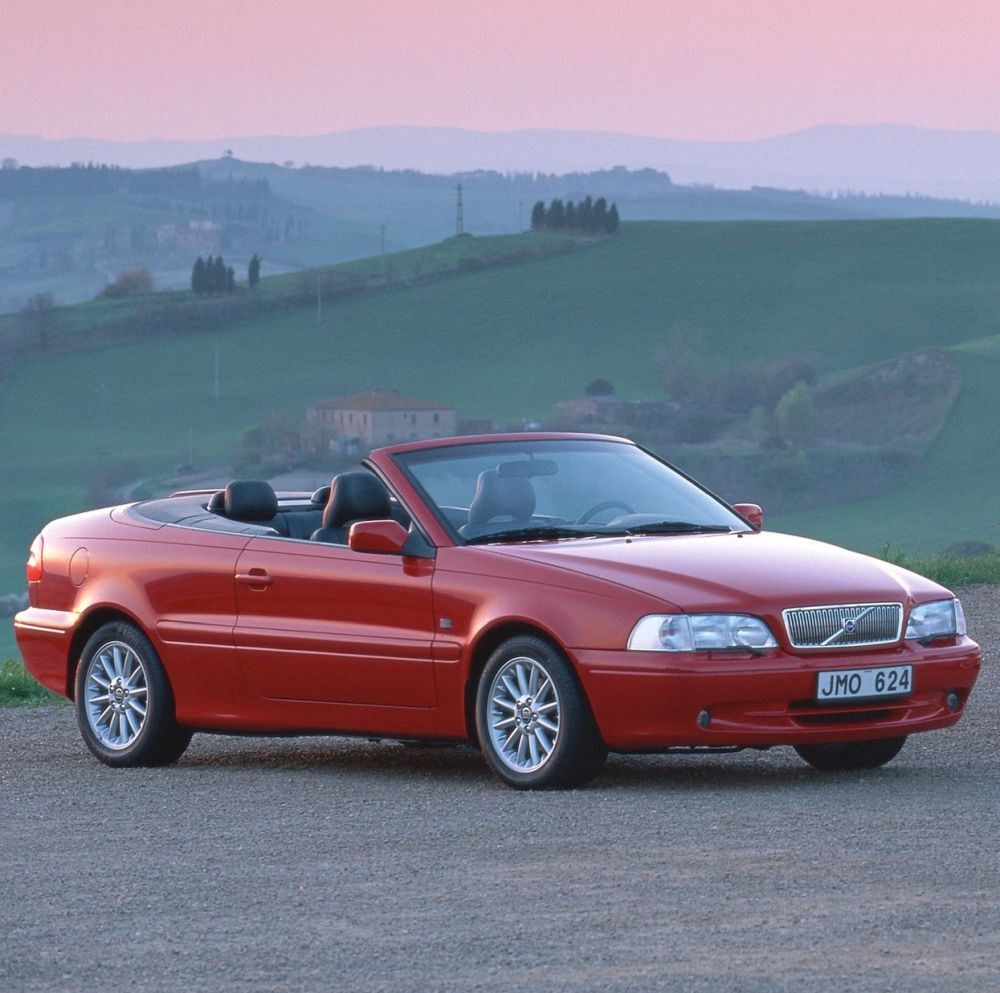![6f8c49ca-7b5e-4bee-8f51-bcf0d4e140f9[1]](https://aktuelnomag.site/wp-content/uploads/2025/10/6f8c49ca-7b5e-4bee-8f51-bcf0d4e140f91-678x381.jpg)
There was a time when Volvo was synonymous with boxy design. Their aversion to curves was so legendary that you could only find them on the steering wheel, under the fenders or possibly under the bonnet.
All that changed abruptly in 1996 with the arrival of the C70 in coupé and convertible versions. This duo revolutionized the shape of the curved nose, slightly bulging bonnet and subtly curved side lines. Although it may not seem like much, such a Volvo seemed like a real rebel in showrooms filled with sharp-edged sedans and station wagons. It was quite a shock to see a sporty car with the Swedish manufacturer’s signature.
Rare sports trips
The Swedish company’s attempts at creating sports cars were rare and sporadic. Their most famous and revered sports car remains the legendary P1800 coupé from 1961. Other models followed at long intervals, including the 1800 ES sports wagon, which later inspired the unusual but attractive 480 ES from 1986, and the Bertone 780 from the same year.
If you’re wondering where the vinyl-topped 262C coupé fits on this list, it’s worth noting that that car was sporty only on paper. The C70, on the other hand, promised much more, despite its front-wheel drive. It was helped by powerful five-cylinder turbocharged engines, although less exciting versions were also available. The chassis was also refined to make this relatively large coupé more agile and responsive under the steering wheel.
Production challenges
However, the biggest challenge was getting the project green light. Coupés and convertibles are always risky ventures, as sales tend to plummet after initial enthusiasm. To mitigate the risk, Volvo joined forces with the engineering firm of British racing legend Tom Walkinshaw.
Their task was to help with the development and find a production facility, which was eventually opened in Uddevalla, Sweden. As part of the risk-sharing arrangement, Renault also built its mid-engine Clio V6 at the same factory. While unusual, the collaboration was not as strange as the sight of a Porsche Boxster and a Lada Samara rolling off the assembly line at Valmet in Finland at the same time.
Coupé vs. convertible
By offering two body styles, Volvo increased the C70’s chances of success. The convertible had a fully electric fabric roof that stowed elegantly under the boot lid. On the other hand, the coupé offered more space in the rear seat, which in the convertible was nothing more than an “attractively upholstered instrument of torture” for claustrophobic passengers.
However, safety was not neglected – the convertible was equipped with a ROPS system (Roll-Over Protection System), a rigid protective arch that would automatically activate in the event of a rollover, similar to the solution on the Mercedes SL.
Movie role
The coupé, of course, lacked this system, but it had the key advantage of a stiffer body. This became apparent on rough roads, where the convertible would noticeably roll, while the coupé retained its rigidity. Despite appearing in the 1997 remake of The Saint starring Val Kilmer, neither model was a true sports car. They were primarily comfortable long-distance cars, with the convertible being particularly popular in the sunny American market.
America loved him.
Most of the 72,822 first-generation C70s produced ended up in the US, which explains why the coupé, with 26,036 units built, is relatively rare today. Although the C70, like its hardtop successor, eventually fell into oblivion, its appearance was crucial. It allowed Volvo to finally embrace curves and move in a new design direction – and at the last minute.

Leave a Reply